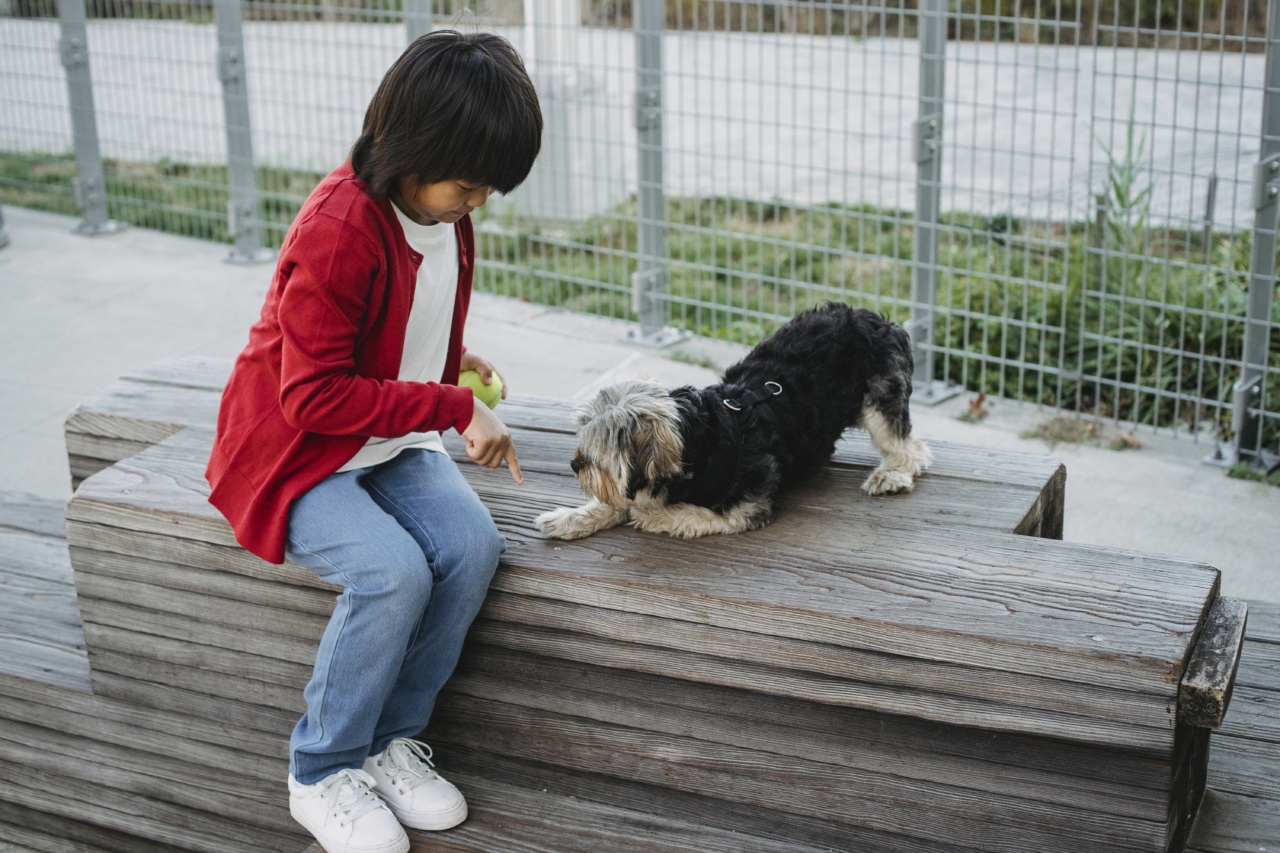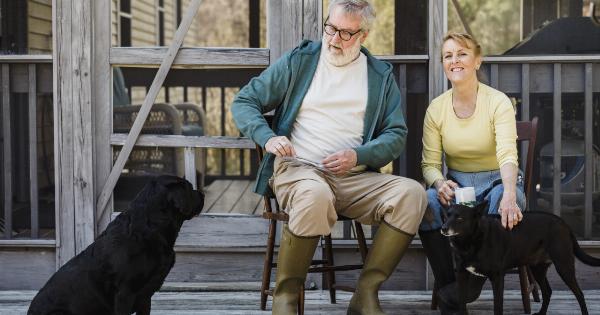As our beloved furry friends grow older, they may start to show signs of aging.
It’s important to keep an eye on our dogs’ behavior and physical health as they age to ensure we can take the necessary steps to keep them comfortable and healthy. Here are five indicators that show your dog is aging:.
1. Gray Hair and Wrinkles
One of the most obvious signs of aging in dogs is gray hair and wrinkles. Like humans, dogs’ hair often starts to gray around their muzzle, eyes, and ears as they get older.
Additionally, wrinkles and saggy skin may become more prominent in aging dogs.
2. Changes in Mobility
As dogs age, they may experience arthritis and joint pain which can impact their mobility. They may have difficulty climbing stairs, jumping, or getting up from a laying position.
Additionally, they may appear to be more stiff or slower than usual when walking or running.
3. Changes in Appetite and Thirst
If you notice a change in your dog’s appetite or thirst, it could be a sign of aging or an underlying health issue. Aging dogs may eat less, be more selective with their food, or drink more water than usual.
Additionally, they may have difficulty eating or drinking due to dental problems or other health issues.
4. Changes in Sleep Patterns
As dogs age, they may start to sleep more and nap throughout the day. However, they may also experience interrupted sleep due to discomfort or pain.
If you notice that your dog is having difficulty sleeping or seems restless at night, it’s important to talk to your vet to rule out any underlying health issues.
5. Behavioral Changes
Finally, aging dogs may start to exhibit changes in their behavior. They may become more irritable, anxious, or lethargic than usual. This could be due to an underlying medical condition, or it could simply be a part of the aging process.
It’s important to observe your dog’s behavior and talk to your vet if you notice any concerning changes.





























